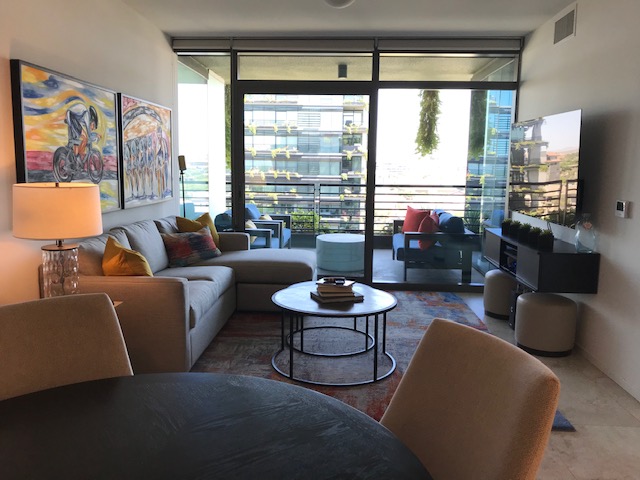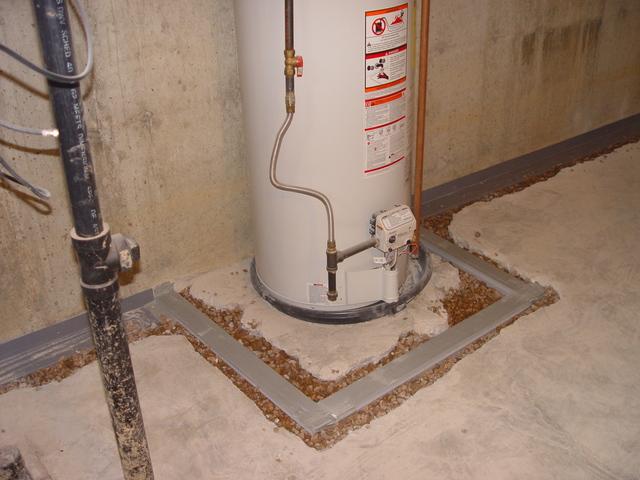In recent years, urban development has increasingly focused on improving public transportation systems to enhance city livability and economic growth. Among the various modes of public transit, Mass Rapid Transit (MRT) lines have emerged as a crucial element in urban planning. This blog post explores how the introduction and expansion of MRT lines can significantly impact property values, reshaping real estate markets and influencing investment decisions.
The MRT Line Advantage
Mass Rapid Transit (MRT) systems are designed to provide efficient, reliable, and affordable transportation to large urban populations. These systems often include subways, light rail, and commuter trains, and they play a pivotal role in reducing traffic congestion and promoting sustainable urban growth. The benefits of MRT lines extend beyond the convenience of commuting; they also have profound effects on property values.
Accessibility and Connectivity
One of the primary ways in which MRT lines impact property values is through increased accessibility and connectivity. Properties located near MRT stations typically experience higher demand due to their proximity to efficient transportation options. This increased demand often leads to higher property prices, as buyers and renters are willing to pay a premium for the convenience of easy access to transit.
For instance, in cities like Singapore and Hong Kong, MRT lines have become a major factor in real estate valuation. Properties within walking distance of MRT stations often command higher prices and enjoy greater appreciation over time. The enhanced connectivity provided by MRT lines not only benefits residents but also attracts businesses and investors, further boosting local property values.
Reduced Commute Times
The introduction of MRT lines can lead to significant reductions in commute times, which is a key factor influencing property values. Longer commutes often translate into higher costs and reduced quality of life for residents. By offering a faster and more reliable alternative to road-based transportation, MRT systems can make previously less desirable areas more attractive to homebuyers and investors.
A study conducted in various metropolitan areas revealed that neighborhoods with improved transit access saw property values increase by an average of 5-15%. This increase is particularly pronounced in regions where MRT lines offer a substantial reduction in travel time compared to existing transportation options.
Economic and Developmental Impact
Business and Retail Growth
The presence of MRT lines can also stimulate economic growth in surrounding areas. Commercial properties, including retail spaces and offices, often see an increase in demand as businesses seek locations with high foot traffic and accessibility. MRT stations become hubs of economic activity, attracting customers and employees alike.
In many cities, the areas surrounding MRT stations undergo significant redevelopment and gentrification, leading to the rise of new shopping centers, restaurants, and entertainment venues. This economic activity creates a positive feedback loop: as property values rise, the increased revenue generated from commercial activities further enhances the area’s appeal and drives further investment.
Infrastructure and Urban Renewal
MRT lines can act as a catalyst for broader urban renewal projects. Governments and private developers often use the introduction of new MRT lines as an opportunity to invest in infrastructure improvements, such as roads, parks, and public amenities. These enhancements contribute to the overall attractiveness of the area and can lead to higher property values.
For example, in Seoul, South Korea, the expansion of the MRT network has been closely linked with large-scale redevelopment projects that have transformed previously underdeveloped neighborhoods into vibrant, thriving communities. The combination of improved transit access and upgraded infrastructure has driven significant increases in property values.

Long-Term Effects and Considerations
Market Dynamics
While the impact of MRT lines on property values is generally positive, it’s essential to consider that the effect can vary based on several factors. Market dynamics, such as the existing supply and demand for properties, the overall economic climate, and local real estate trends, can influence how significantly MRT lines impact property values.
Additionally, the benefits of increased property values may not be uniformly distributed. Properties located in prime areas close to MRT stations will likely see the most substantial increases, while those in less accessible or less desirable locations may experience more modest changes.
Potential Downsides
It’s also important to acknowledge potential downsides. The rapid rise in property values around new MRT lines can lead to affordability issues for existing residents. In some cases, the gentrification associated with increased property values can displace long-term residents and alter the social fabric of neighborhoods.
To mitigate these risks, cities need to implement policies that ensure affordable housing options and support for low-income residents. Balancing economic growth with social equity is crucial in creating sustainable and inclusive urban environments.
Conclusion
The impact of MRT lines on property values is a testament to the transformative power of effective public transportation systems. By enhancing accessibility, reducing commute times, and stimulating economic growth, MRT lines can significantly boost property values and reshape urban landscapes. However, it is essential for urban planners, policymakers, and developers to consider the broader implications and ensure that the benefits of MRT systems are equitably distributed.
As cities continue to grow and evolve, the role of MRT lines in influencing real estate markets will remain a critical area of focus. Understanding these dynamics can help stakeholders make informed decisions, drive sustainable development, and create vibrant, accessible urban communities for the future. Check out the Emerald Of Katong Developer for additional tips and information about property market.




